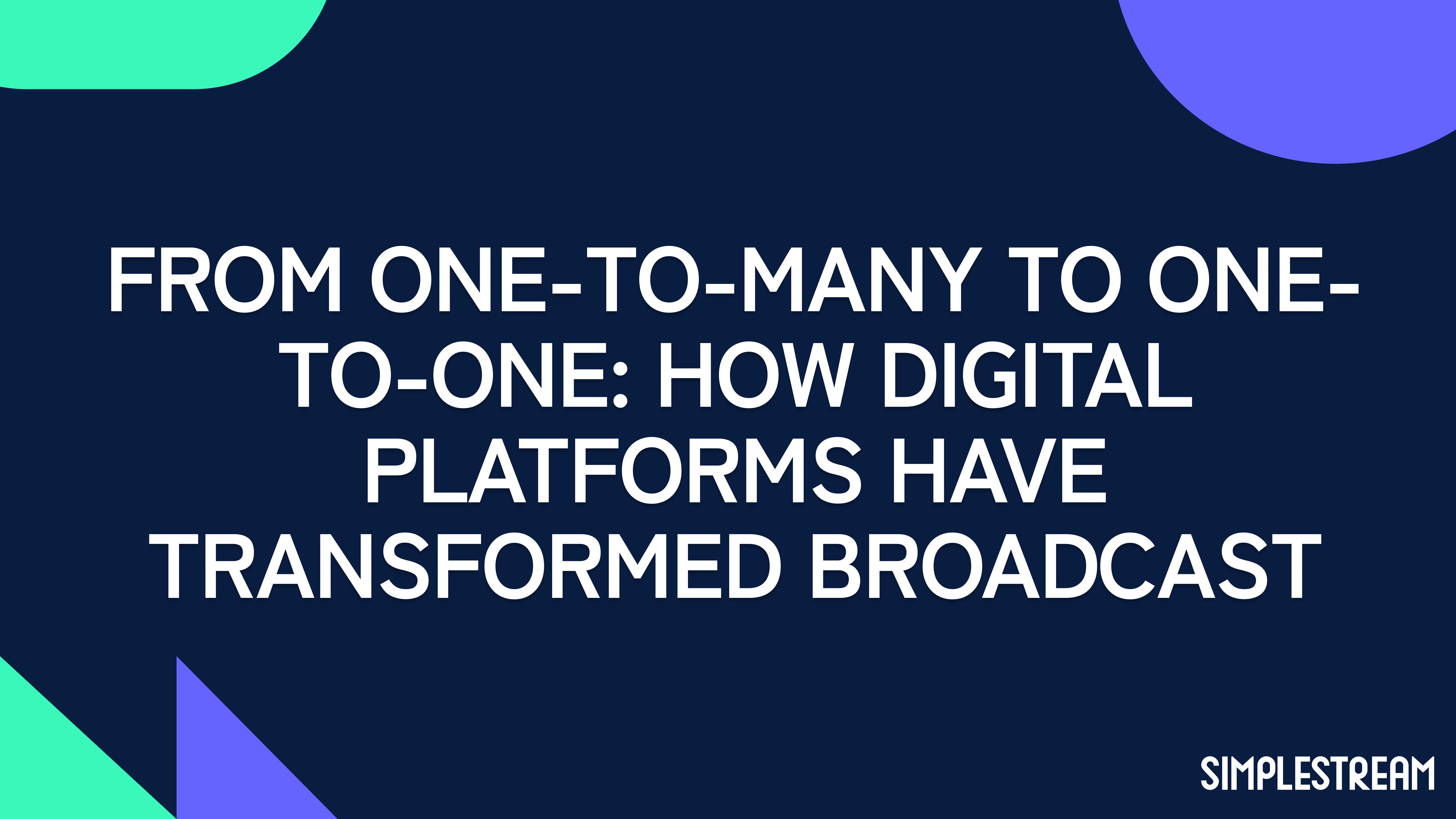Subscriber retention to fight churn, the future in a crystal ball
SVOD services are busy fighting churn. How can content providers focus on subscriber retention strategies to remain profitable?
The golden age of subscriptions in the streaming video space seems to have entered a quite delicate phase. If it’s true that the volume of global subscribers more than doubled in the past half decade or so, it’s now time for streaming services to focus on something other than growth in subscription figures.
It couldn’t be otherwise, in a world dominated by a growing array of choices at the end-user’s disposal when it comes to video consumption through digital means. And, most importantly, amid the financial constraints that are dictating a more rigorous spending review concerning leisure activities (including video subscription services).
Subscription churn is a buzzword that’s been circulating for a little while, and now more than ever is a major challenge video content providers are facing today. In this blog post we analyse the latest trends in the SVOD space, with emphasis on how the subscriber economy has changed, and what content owners and distributors can do to improve retention and remain profitable in the long run.
Let’s talk SVOD trends
A recent report – released by US-based market data platform Antenna – caught my attention for a couple of key points:
- At the end of 2023, the US only counted a total of 242.9 million SVOD subscriptions, with a 10.1% growth recorded year-on-year. This was less than half of the annual increase from 2022 (+21.6%).
- With more streaming options available, the churn rate is growing considerably too. If the US in 2023 recorded 164.7 million new SVOD subscriptions, there also were 140.5 million cancellations, with a net gain of 24.2 million new subscribers. A decent figure when considered in isolation, which is concerning if compared to the 41.2 million net gain of the previous year.
- It’s been highlighted that the longer a consumer subscribes to an SVOD service, the less likely it is that they will cancel. Therefore, the churn rates among SVOD subscribers that have been with a service for 4+ years are five times lower than first-year subscribers.
What makes streaming services a success?
SVOD services, thus far, have been focusing almost solely on subscriber growth. Off the back of the simple stats unfolded above (relevant to the US, of course, but applicable to the global outlook), today’s metrics of success increasingly pertain to lifetime value (LTV) and retention rates.
A closer look to the way users engage with a given platform, together with a more in-depth analysis of subscriber satisfaction, can ultimately provide a necessary insight into the health status of a platform. Think of short-term viewers who subscribe to a service to watch that one show, and then leave. Or of the so-called ‘core audience’, loyal subscribers who don’t tend to cancel easily. And, finally, think of the average audience that sits in between both ends of the spectrum: those consumers who will watch new shows, but will leave for new pastures, if there’s nothing suitable on a platform. Well, media companies are now being pressured to maintain a holistic view on all of the mentioned categories of viewers, in addtion to the challenging task of retaining their presence among their apps.
The crystal ball: what to do to improve retention?
The debate around retention is well underway, and keeping existing customers is no longer a commodity, yet a ‘must’ to guarantee profitability. Among the marketing strategies employed, one that sticks out is tiering – in parallel to the war declared on password sharing – as the most cost-effective way to improve a streaming app’s perceived value, as well as reduce churn. In particular, Netflix is leading the way in creating subscriber tiers that are not only based on content, but also on product enhancements like concurrent viewers or the playback quality of the streams.
But that’s not all... Consumer data – embedded in app performances – also offers the most valuable set of raw information ready to be extracted, analysed, and transformed into insights to help understand user behaviours that goes beyond the selection of content to watch.
Looking at the future, the crystal ball we have here at Simplestream is telling us that SVOD providers will have to change pace to maintain the success and profitability of their streaming services, while seamlessly delivering the value that their existing (and future) audiences expect.
Curtailing churn is a priority, and that’s why the urgencies of the ‘age of growth’ have rapidly turned the corner, forcing us to enter a new era, one of ‘retention’ and maximum effort, to keep delighting the most loyal of customers.


